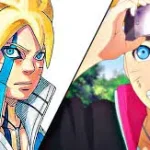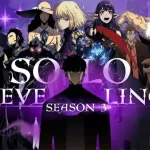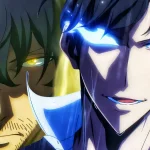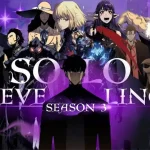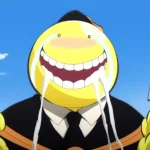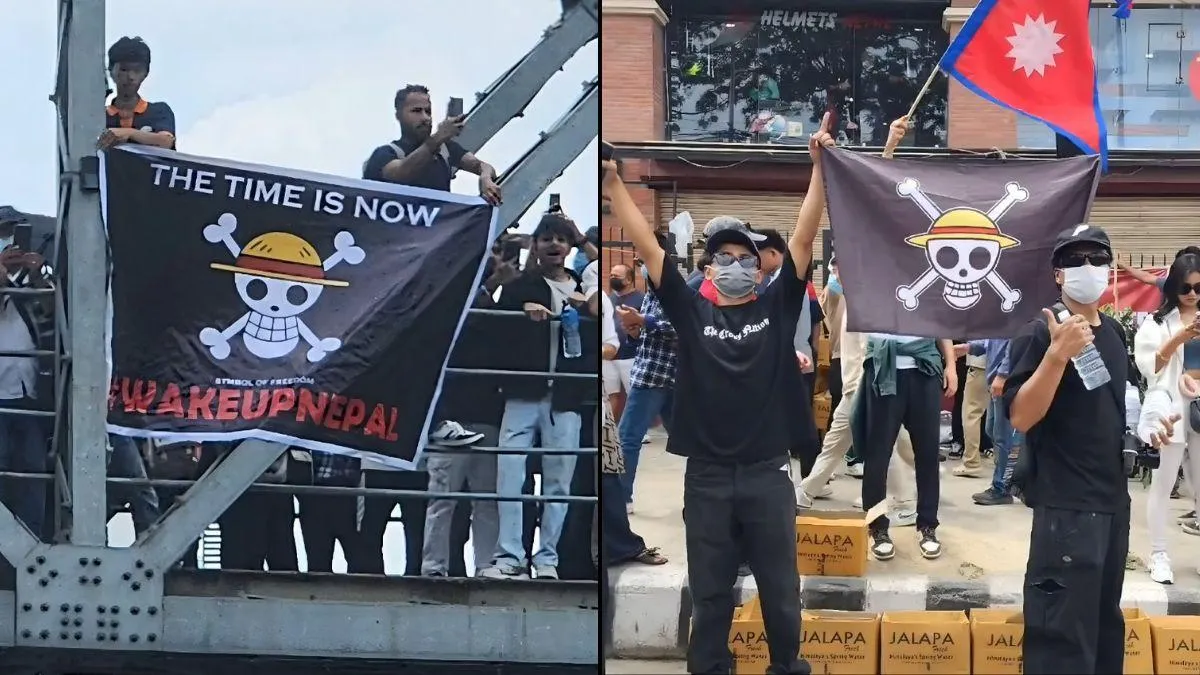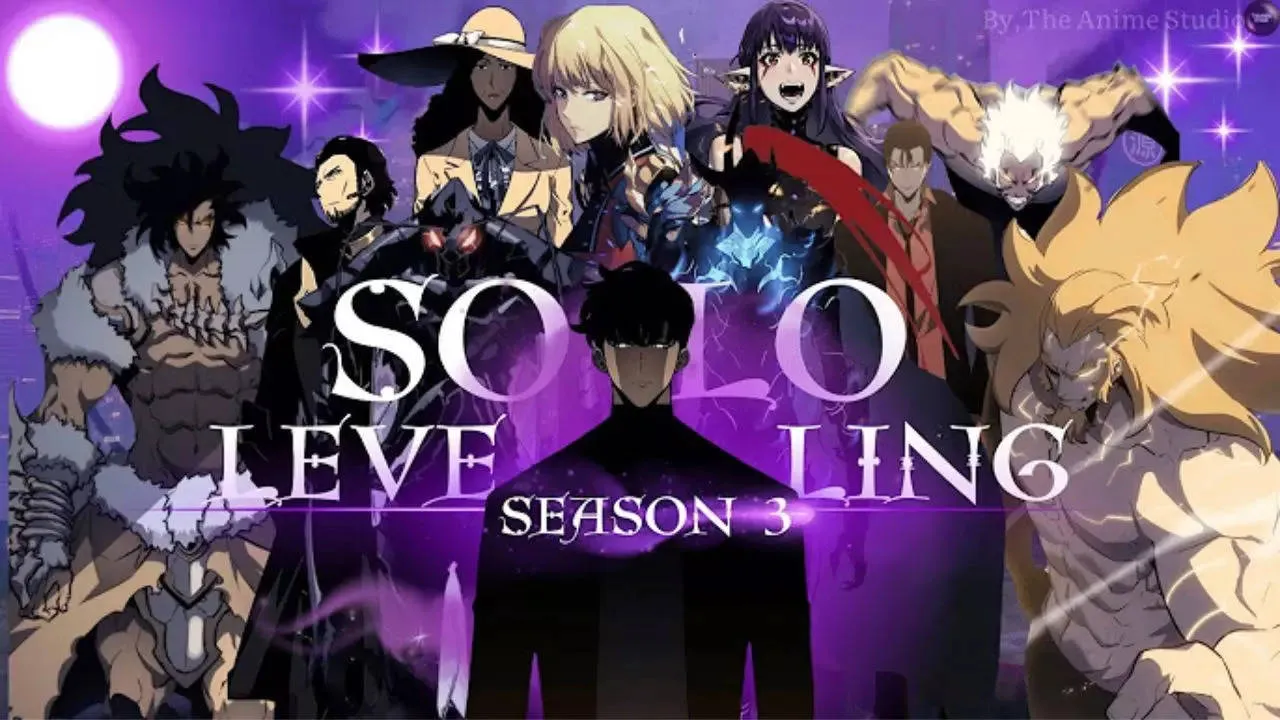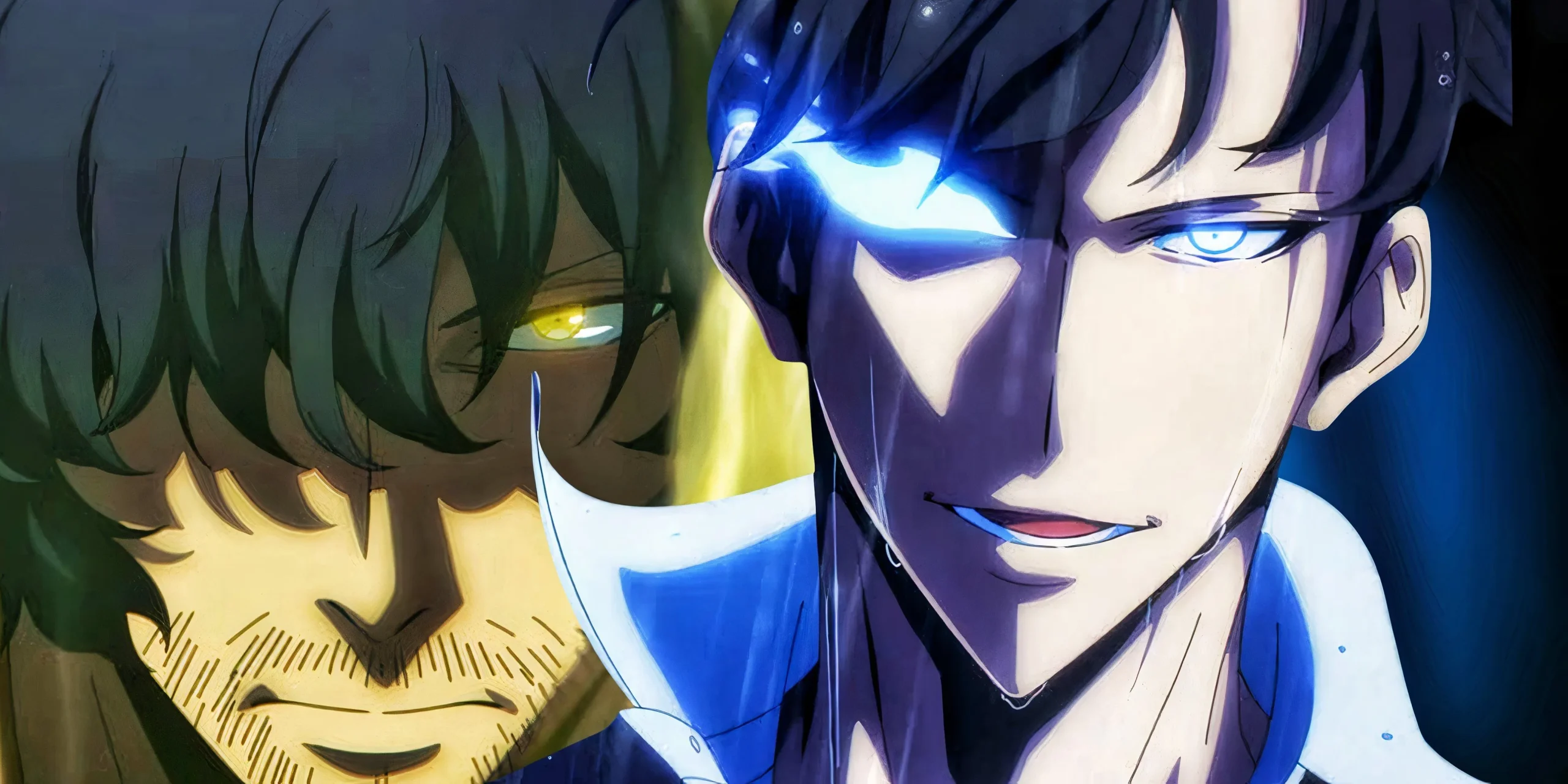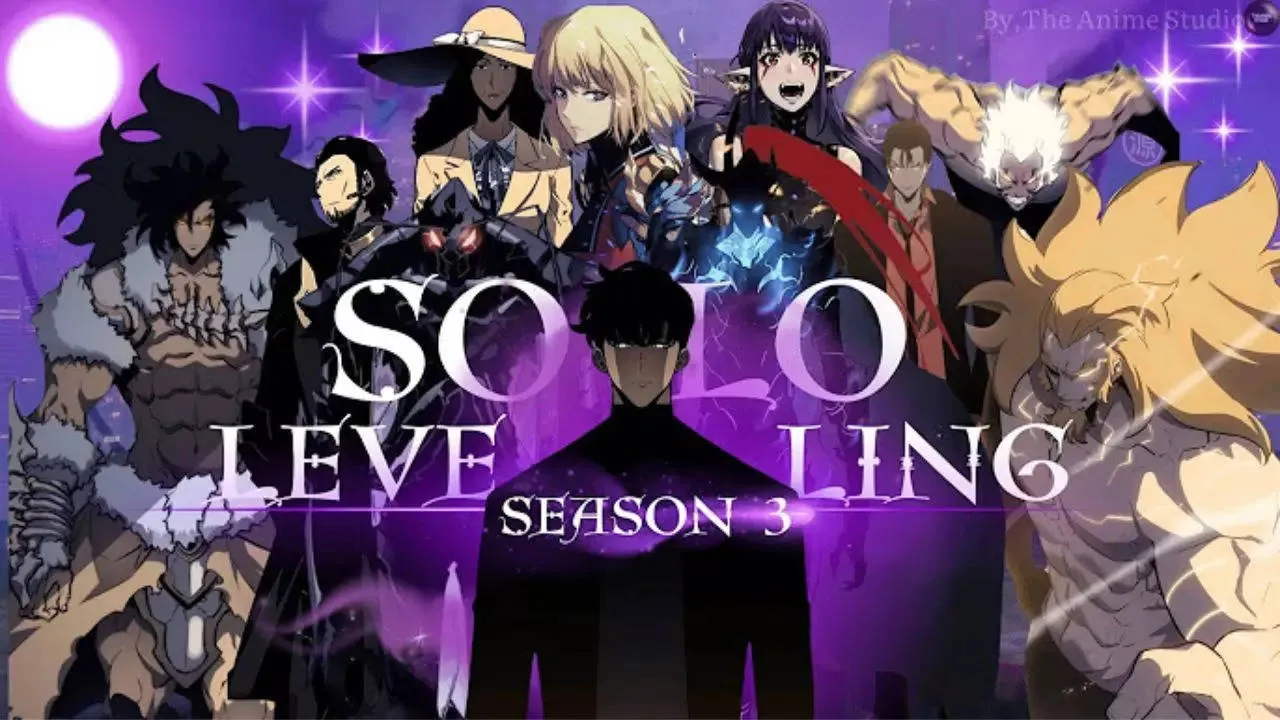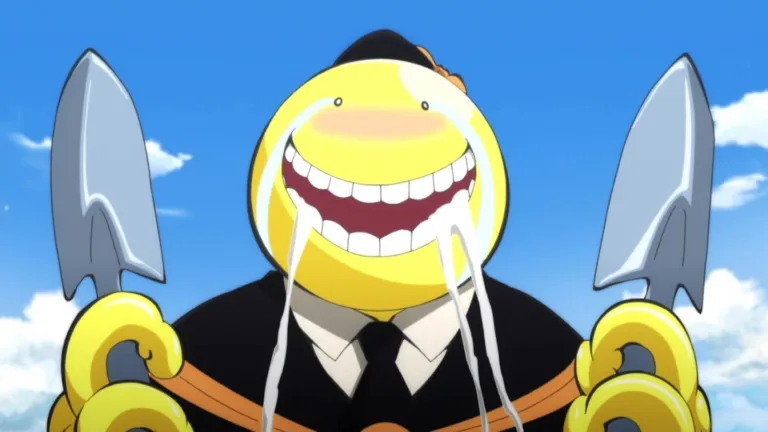Image Source:- thehindu.com
The iconic Jolly Roger flag from One Piece—a universal symbol of freedom and rebellion—was recently seen waving during protests in Nepal. Demonstrators, largely made up of students and young citizens, raised the Straw Hat Pirates’ skull-and-crossbones emblem as they gathered to oppose government censorship and corruption.
This unexpected blending of anime symbolism with political activism has captured global attention. For many, it represents how pop culture can empower real-world movements and provide protestors with a banner of hope and resistance.
Background: Why Nepalese Citizens Took to the Streets
In recent years, Nepal has witnessed growing frustration among its youth over issues such as:
- Government censorship of digital platforms, including restrictions on social media and online expression.
- Corruption scandals that have undermined public trust in officials and institutions.
- Economic challenges, with rising unemployment and limited opportunities for young people.
The protests were sparked by new regulations aimed at controlling online speech, which many viewed as a direct attack on freedom of expression. For a country where social media is one of the main platforms for youth voices, the move felt like silencing an entire generation.
Why the Jolly Roger?
The decision to raise the Straw Hat Pirates’ Jolly Roger from One Piece was not accidental. The flag, featuring a skull with a straw hat, is the emblem of Monkey D. Luffy’s crew—an outlaw band of adventurers who stand against oppressive powers while chasing their dreams.
For protestors, the Jolly Roger carried multiple layers of meaning:
- Freedom: Just like Luffy and his crew sail the seas without being chained by authority, the protestors want the freedom to express themselves without government restrictions.
- Rebellion Against Oppression: In One Piece, the Straw Hats often challenge corrupt rulers and unjust systems—mirroring the protestors’ fight against corruption.
- Unity: The Jolly Roger doesn’t just represent Luffy, but the entire crew. Similarly, the protest flag stood for solidarity among Nepal’s youth.
The choice also highlights the global reach of anime culture. What started as a Japanese manga has become a worldwide symbol that resonates with young people facing different struggles.
Pop Culture in Political Protests
This isn’t the first time anime and pop culture symbols have appeared in political movements:
- Hong Kong Protests (2019): Protestors adopted V for Vendetta masks and anime references as signs of resistance.
- Black Lives Matter (2020): Fans worldwide shared anime art of characters like Naruto and Goku standing for justice.
- Climate Activism: Environmental groups have used imagery from Princess Mononoke and Attack on Titan to highlight destruction and survival.
By choosing the One Piece Jolly Roger, Nepalese youth aligned themselves with a tradition of using fictional icons to express real-world struggles.
How Fans Reacted Globally
News and images of the protests quickly spread across social media, sparking reactions from fans around the world.
- Many praised the protestors for using the symbol of Luffy’s crew as a powerful message against censorship.
- Nepali anime fans shared the significance of seeing a beloved symbol tied to their fight for justice.
- International One Piece communities expressed solidarity, saying the flag of the Straw Hats represents anyone who dreams of freedom.
Some even pointed out that creator Eiichiro Oda has always emphasized themes of resistance against tyranny, making the choice of the Jolly Roger especially fitting.
Government Response
Authorities in Nepal have yet to directly comment on the use of anime symbols at the protests. However, officials have maintained their stance that the new censorship laws are intended to “protect society from harmful content.”
Protestors, meanwhile, argue that such measures are simply an excuse to silence dissent and control criticism of the government.
The sight of the Jolly Roger only amplified global interest in the movement, making it harder for authorities to ignore the protestors’ message.
The Symbolism of Luffy’s Dream
At its core, One Piece is about chasing one’s dreams without compromise. Luffy’s quest to find the One Piece and become King of the Pirates is about freedom, equality, and justice, themes that resonate far beyond the pages of manga.
By raising his crew’s flag, Nepalese youth weren’t just protesting against censorship—they were declaring their right to pursue their dreams in a fair and open society.
What This Means for Anime and Activism
The Nepal protests highlight a larger trend: anime and manga are no longer just entertainment—they are part of global culture and identity. Young people see these stories as mirrors of their own struggles, turning characters and symbols into tools of expression.
- The Jolly Roger is no longer just a fictional pirate flag—it’s a universal emblem of rebellion and freedom.
- The adoption of anime icons in activism shows how storytelling can transcend language and borders, uniting people with shared values.
This could inspire more movements to embrace similar imagery, blending pop culture with political messaging.
Final Thoughts
The raising of the One Piece Jolly Roger during Nepal’s protests is a reminder of the power of symbols. What began as a fictional emblem of friendship and adventure has transformed into a global icon of resistance against injustice.
As Nepalese youth continue their fight against censorship and corruption, the Straw Hat flag flies not just as a tribute to Luffy and his crew, but as a declaration that the spirit of freedom can never be silenced.
Whether in the world of anime or in real life, the message remains the same: a true pirate never bows to tyranny.

